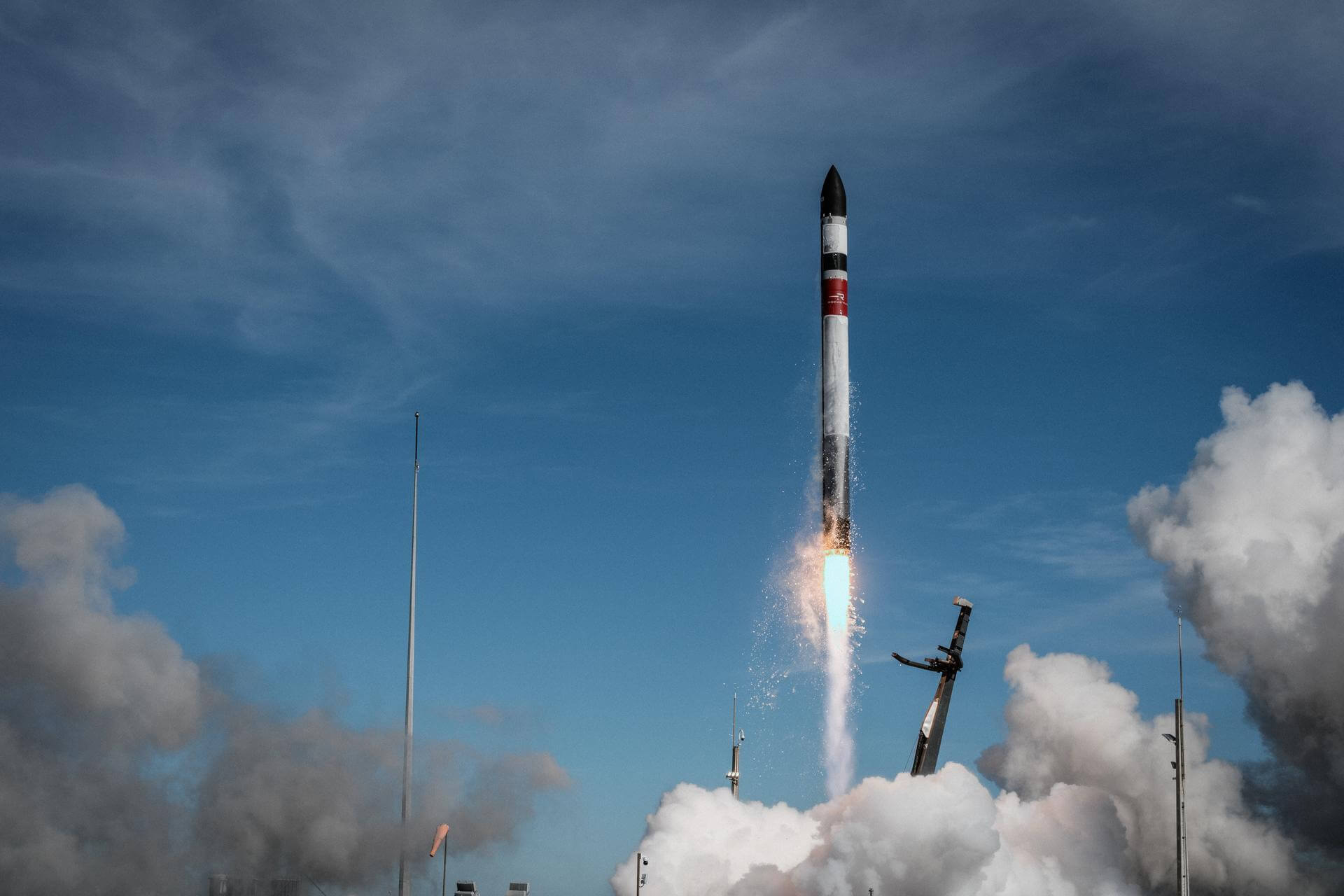
Launch
Rocket Lab
Electron | Beginning Of The Swarm (ACS3 & NeonSat-1)
- Mission
- rocket
- Pad
- Agency
Mission
Beginning Of The Swarm (ACS3 & NeonSat-1)
Dedicated Rideshare
Sun-Synchronous Orbit
NASA's Advanced Composite Solar Sail System (ACS3) is a technology demonstration mission tasked with deploying a composite boom solar sail. NeonSat-1 is a high-resolution optical satellite by South Korea's KAIST that will be deployed as a technology demonstration for a planned future Earth observation constellation.
Status
Launch Successful
The launch vehicle successfully inserted its payload(s) into the target orbit(s).
Pad
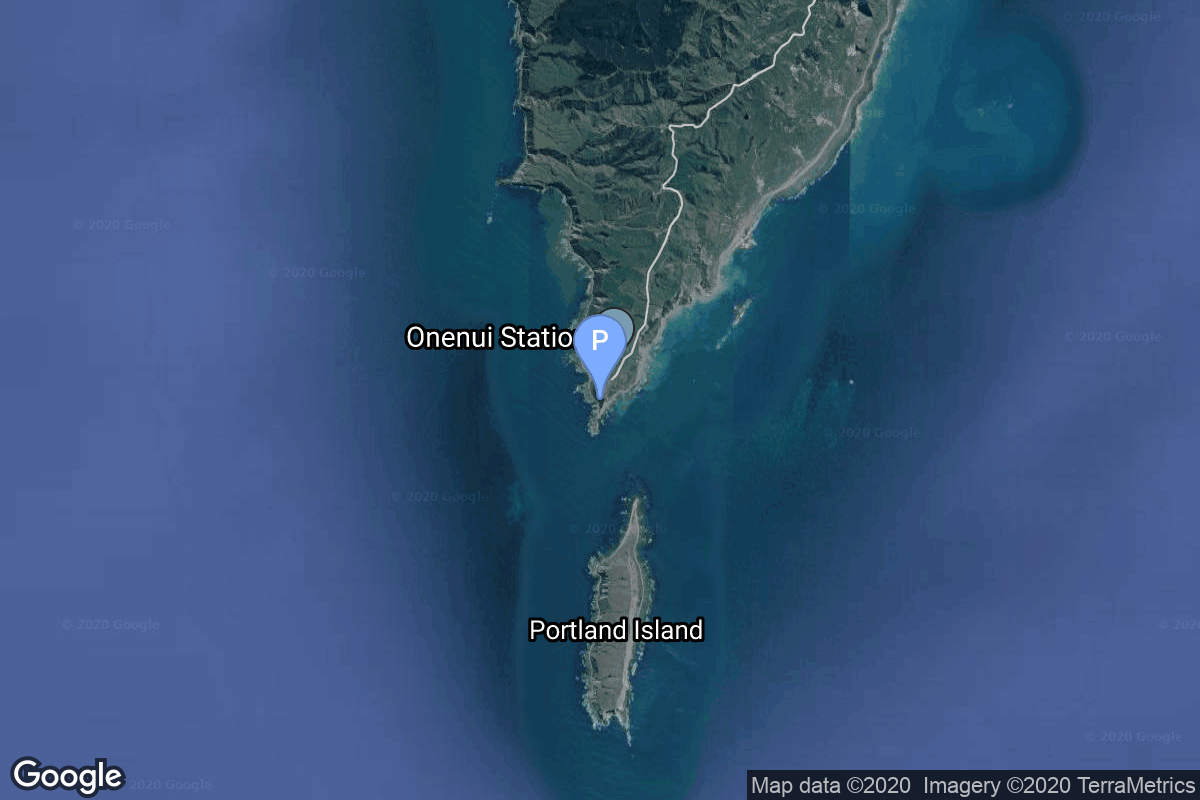
Location
Pacific/Auckland
Rocket Lab Launch Complex 1, Mahia Peninsula, New Zealand
Rocket Lab Launch Complex 1 is a commercial spaceport located close to Ahuriri Point at the southern tip of Māhia Peninsula, on the east coast of New Zealand's North Island. It is owned and operated by private spaceflight company Rocket Lab and supports launches of the company's Electron rocket for small satellites. With the launch of Electron on 25 May 2017, it became the first private spaceport to host an orbital launch attempt, and the first site in New Zealand to host an orbital launch attempt. With the Electron launch of 21 January 2018, it became the first private spaceport to host a successful orbital launch.
65
17
Location Image

Rocket

Electron
Electron is a two-stage orbital expendable launch vehicle (with an optional third stage) developed by the American aerospace company Rocket Lab. Electron is a small-lift launch vehicle designed to launch small satellites and cubesats to sun-synchronous orbit and low earth orbit. The Electron is the first orbital class rocket to use electric-pump-fed engines, powered by the 9 Rutherford engines on the first stage. It is also used as a suborbital testbed (called HASTE) for hypersonics research.
Details
Min stage: 2
Max stage: 3m
Length: 18.0m
Diameter: 1.2
First Flight: May 25, 2017
Total launch count: 73
Successful launches: 69
Failed launches: 4
Pending launches: 44
Consecutive successful launches: 32
Low Earth Orbit (LEO) capacity: 300kg
Launch cost: US$6000000
Attempted landings: 9
Successful landings: 7
Failed landings: 2
Consecutive successful landings: 4
Manufacturer
Rocket Lab
Commercial
USA
Rocket Lab is an American aerospace manufacturer with a wholly owned New Zealand subsidiary. The company develops lightweight, cost-effective commercial rocket launch services. The Electron Program was founded on the premise that small payloads such as CubeSats require dedicated small launch vehicles and flexibility not currently offered by traditional rocket systems. Its rocket, the Electron, is a light-weight rocket and is now operating commercially. The company is also producing a variety of spacecrafts and spacecrafts components.
2006
CEO: Peter Beck
Electron
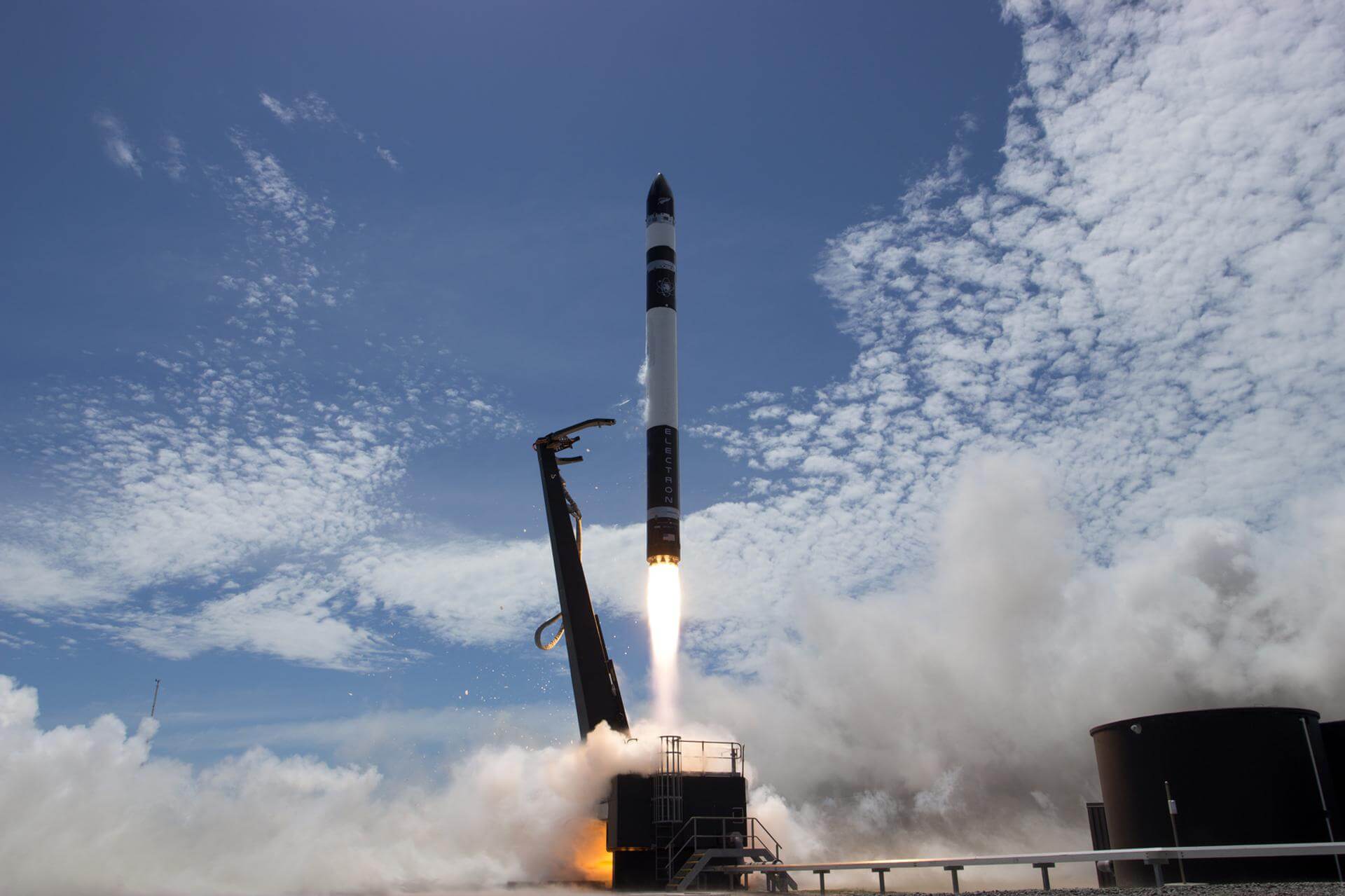
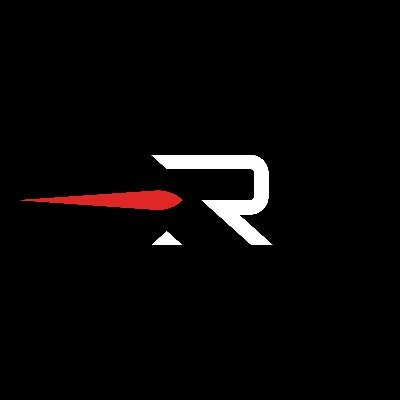
Agency

Rocket Lab
Rocket Lab is an American aerospace manufacturer with a wholly owned New Zealand subsidiary. The company develops lightweight, cost-effective commercial rocket launch services. The Electron Program was founded on the premise that small payloads such as CubeSats require dedicated small launch vehicles and flexibility not currently offered by traditional rocket systems. Its rocket, the Electron, is a light-weight rocket and is now operating commercially. The company is also producing a variety of spacecrafts and spacecrafts components.
Details
CEO: Peter Beck
2006
Electron
Total launch count: 73
Successful launches: 69
Consecutive successful launches: 32
Failed launches: 4
Pending launches: 46
Successful landings: 7
Failed landings: 2
Attempted landings: 9
Consecutive successful landings: 4


